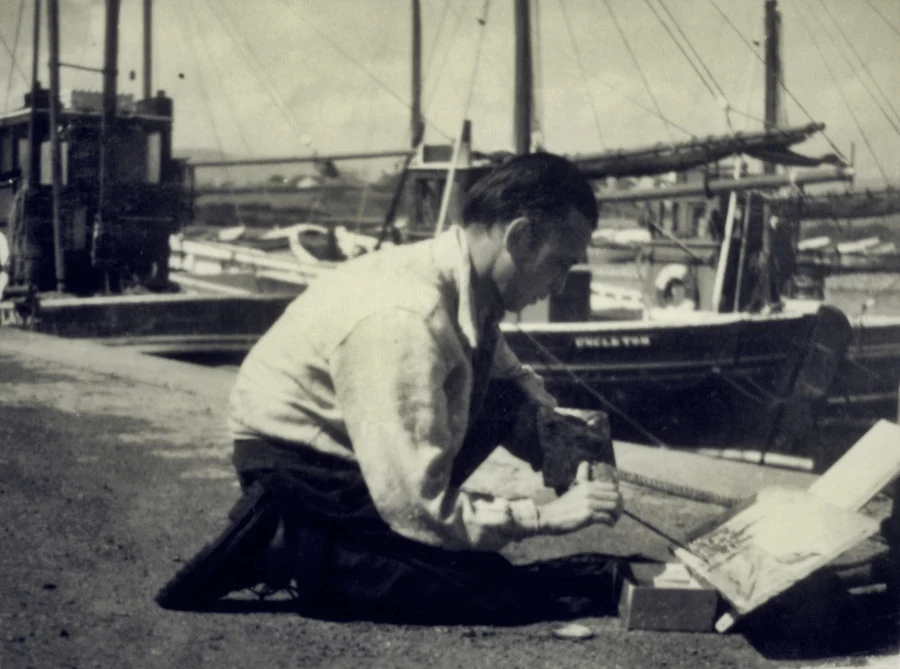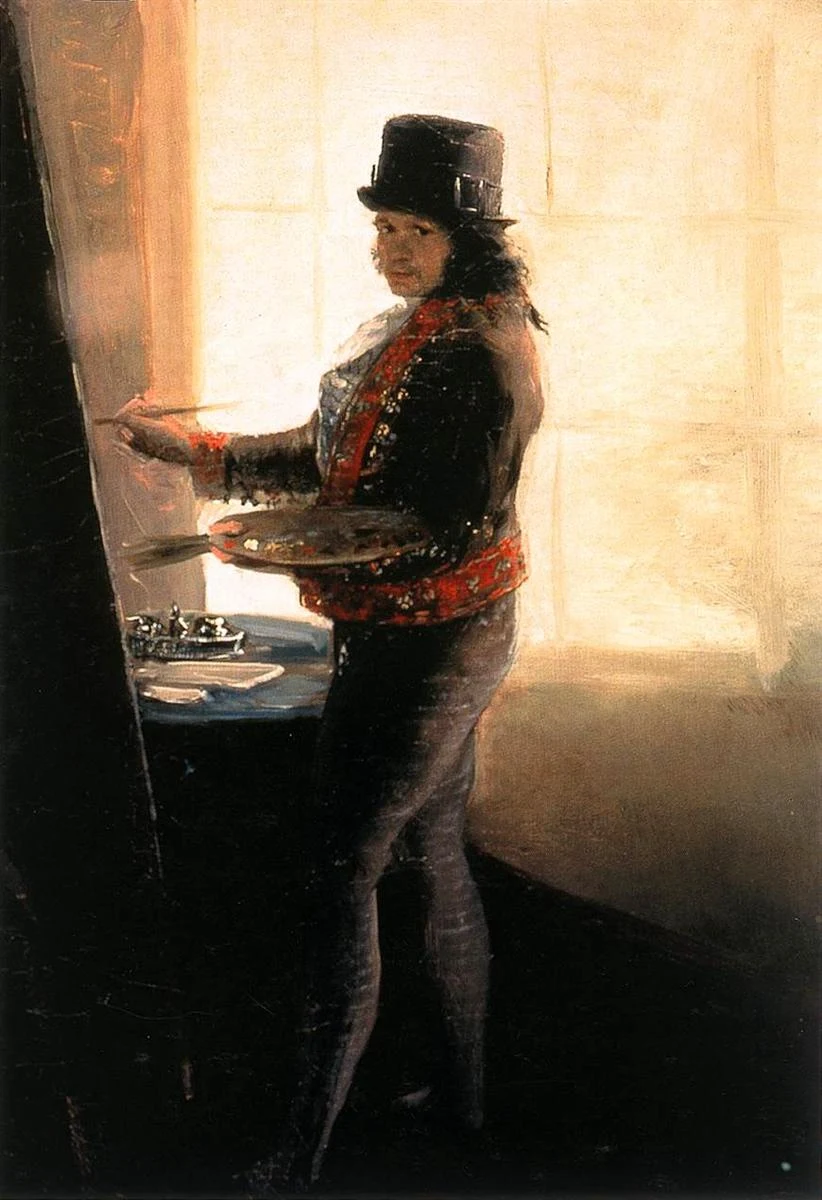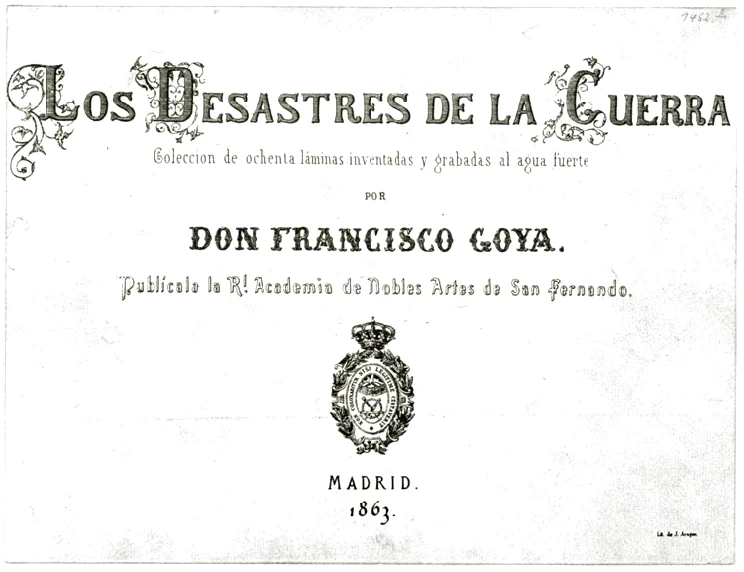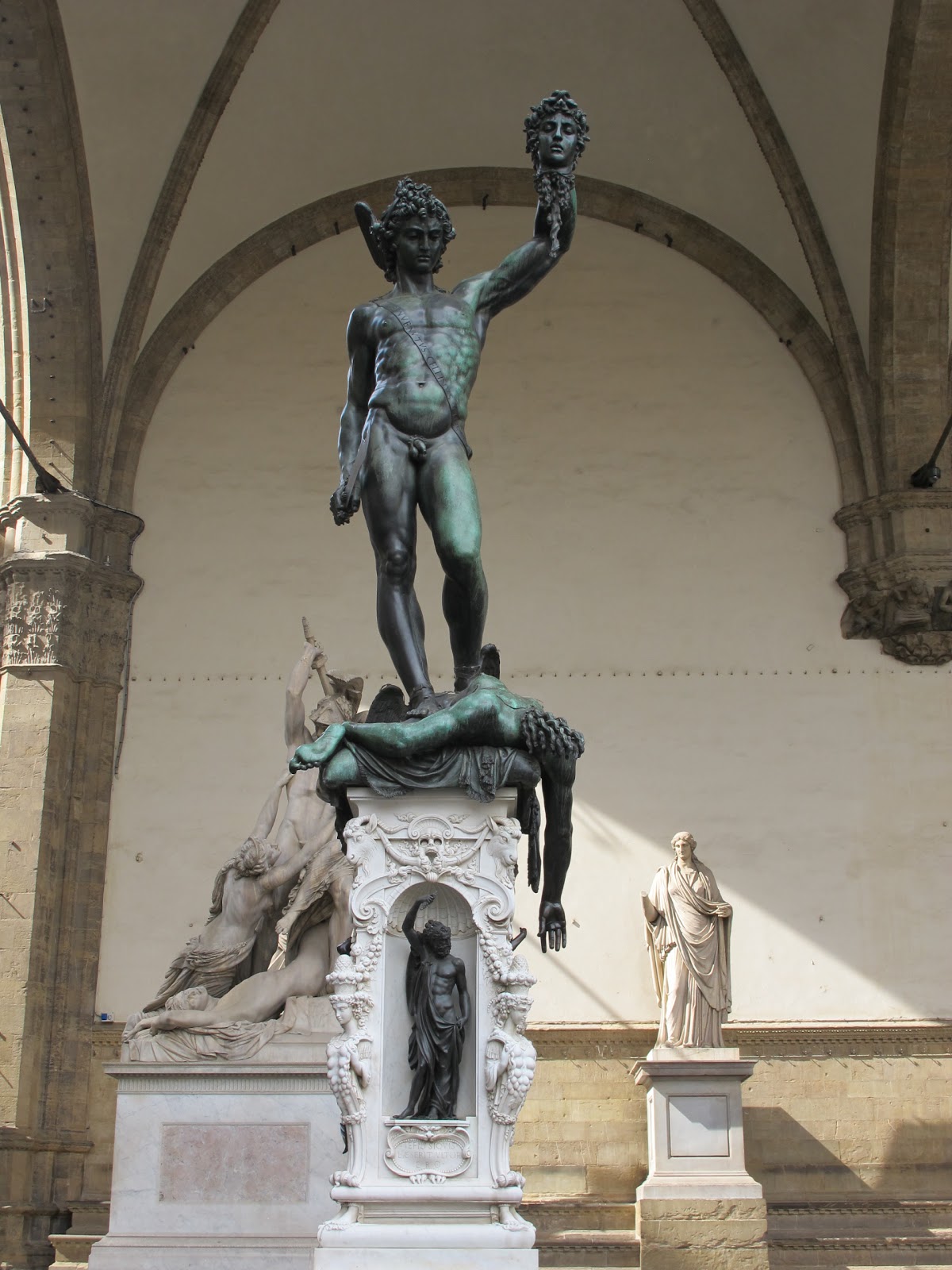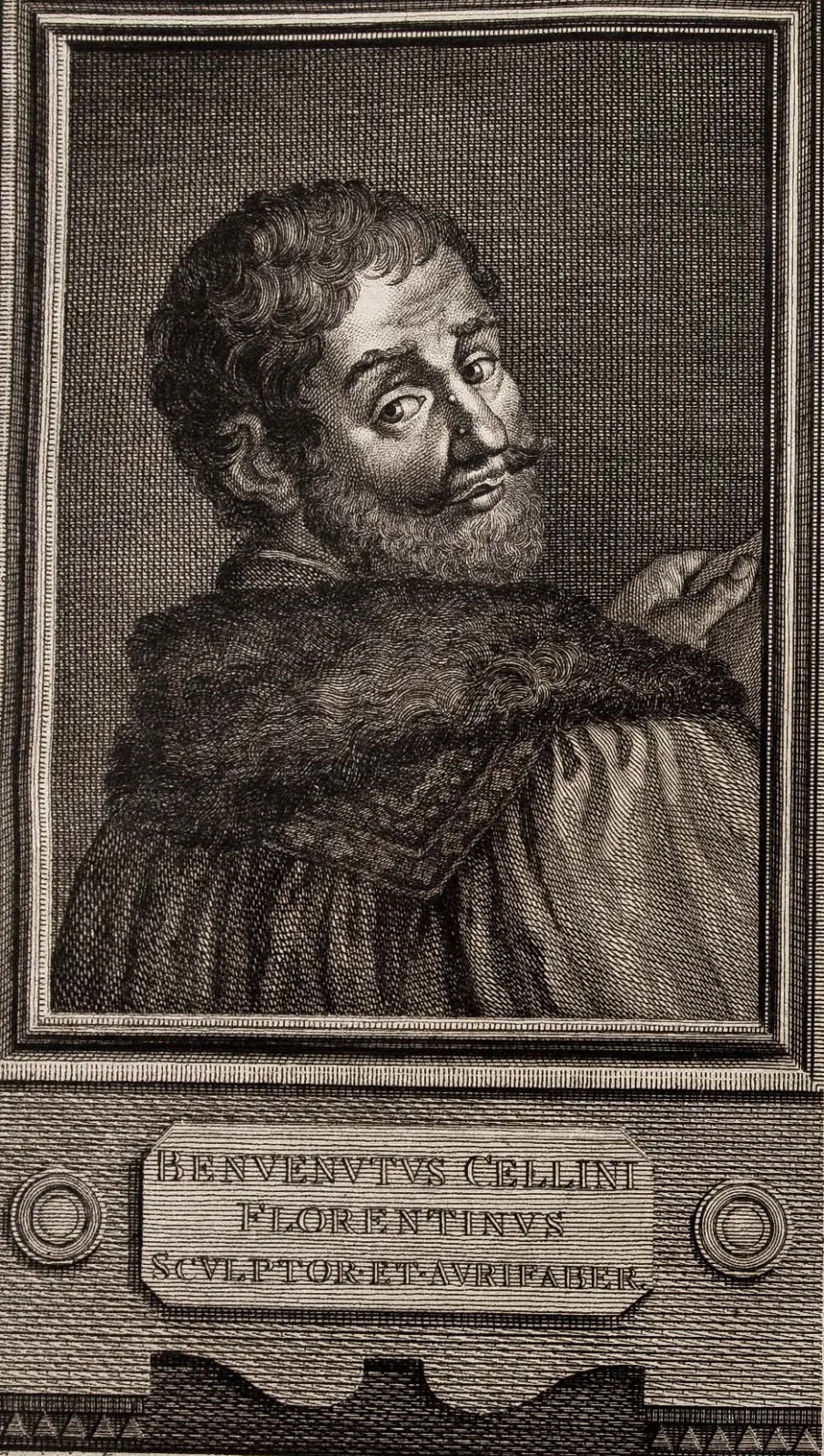David Marcus Robinson, known as Markey Robinson (February 7, 1918 - January 28, 1999 (aged 80)), was an Irish painter and sculptor with a primitive representational style. His main passion was painting, but he also produced sculptures and designed some stained glass panels.
Robinson was born in Belfast, Northern Ireland, the son of a house painter. He trained at the Belfast College of Art. He took part in boxing matches, under the name "Boyo Marko", and later worked as a merchant seaman. Robinson's first exhibitions were in Belfast during World War II. He became better known through over 20 exhibitions of his work at the Oriel Gallery in Dublin, where he used the upstairs framing room as his studio.



